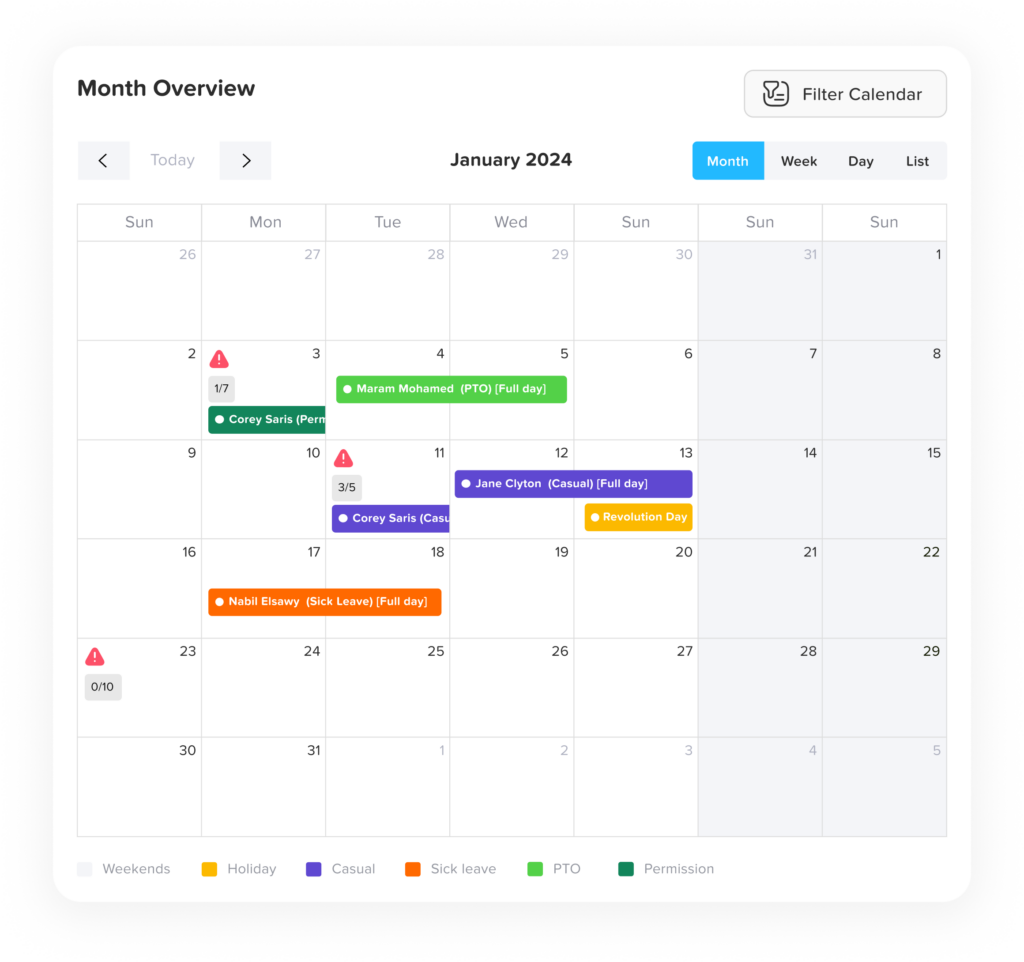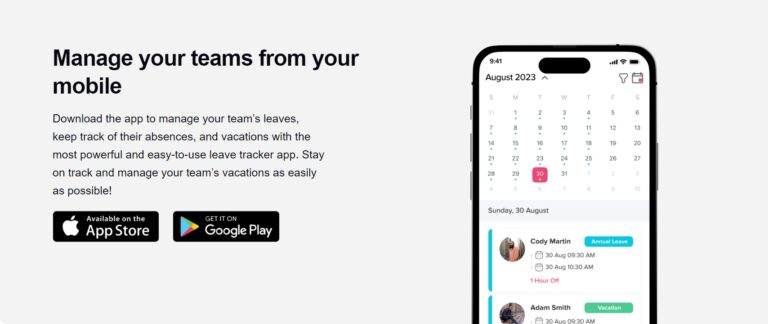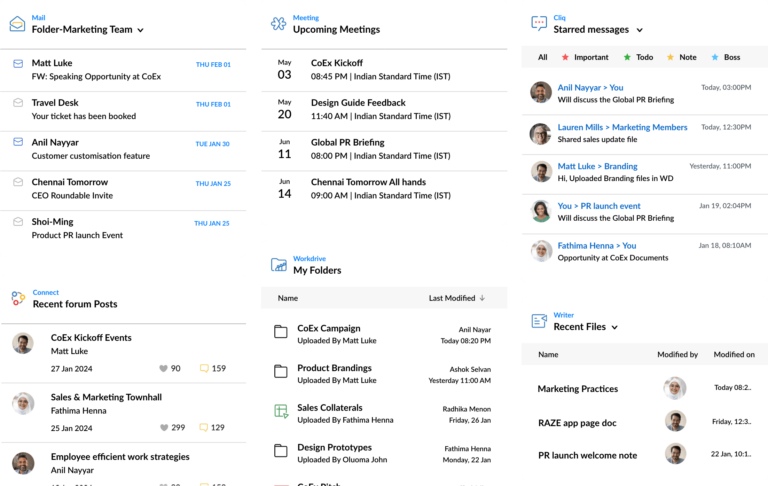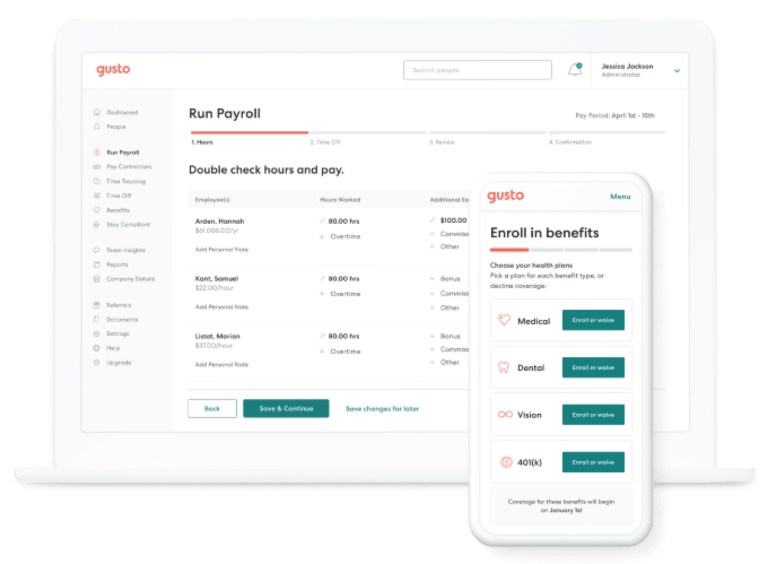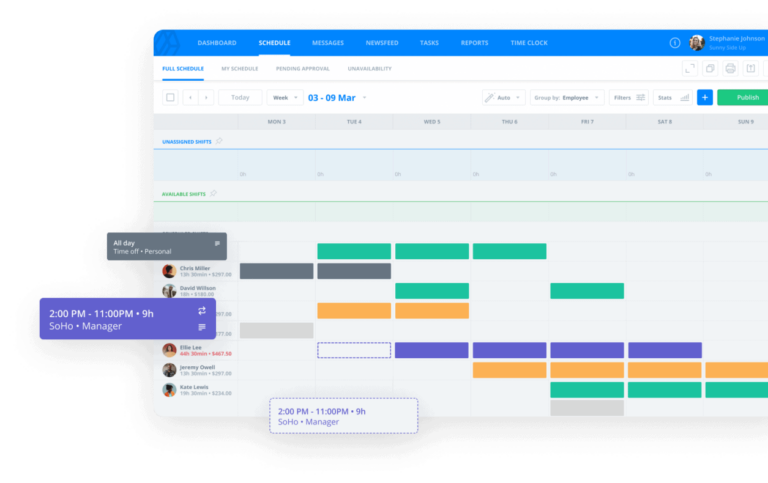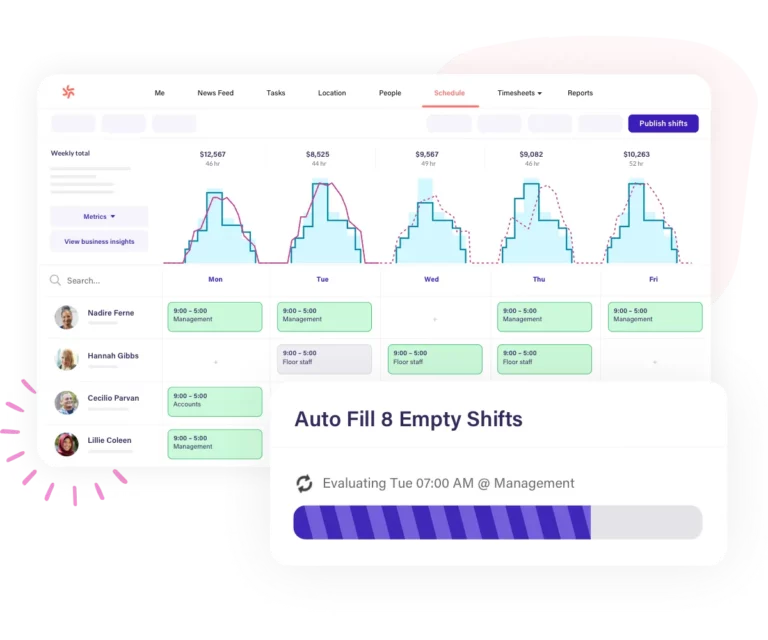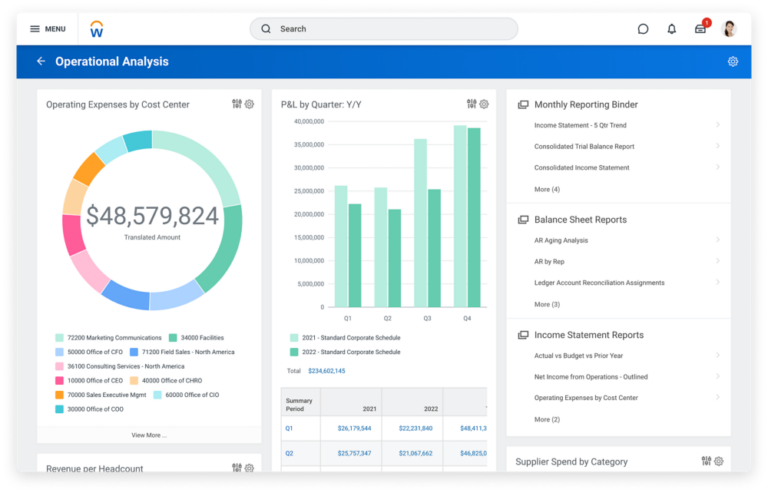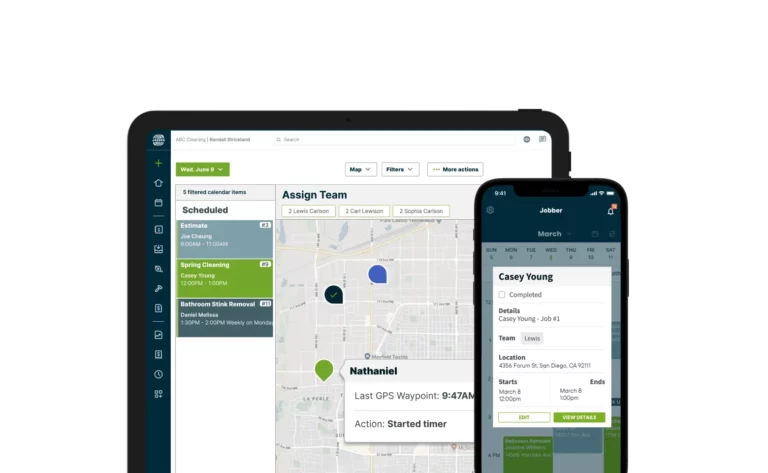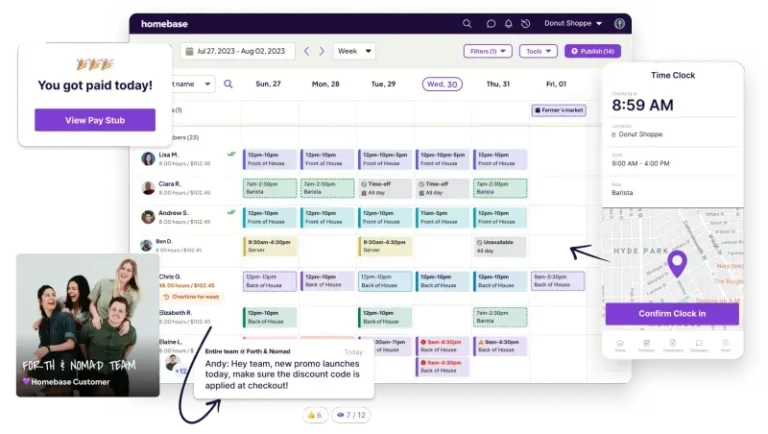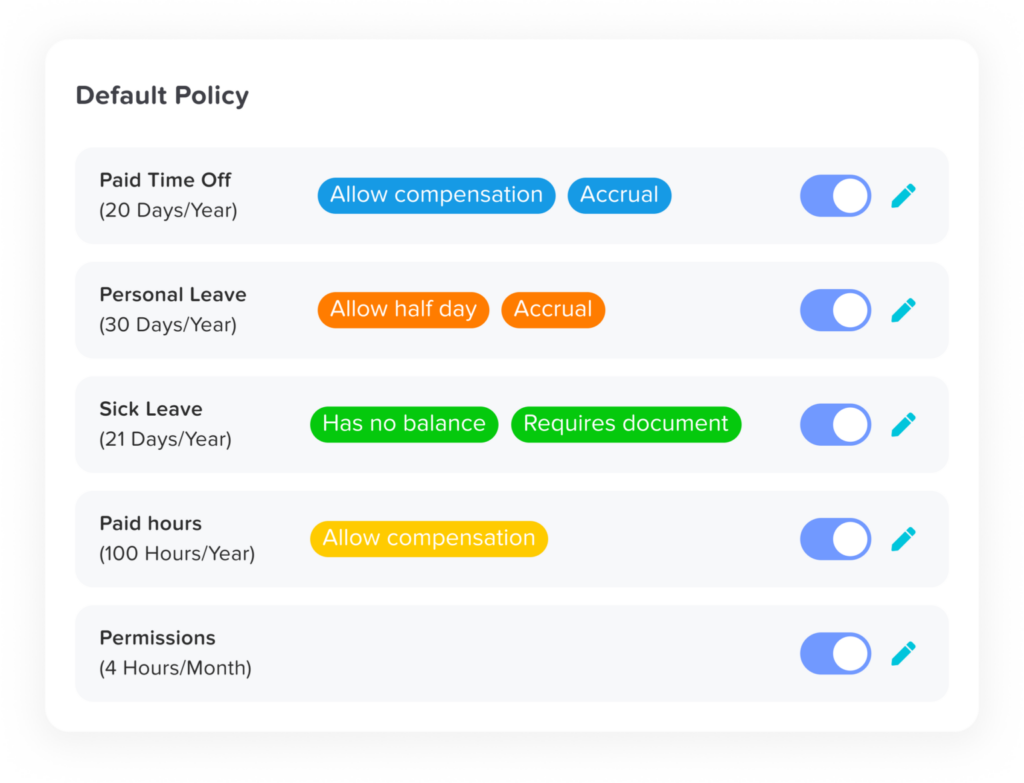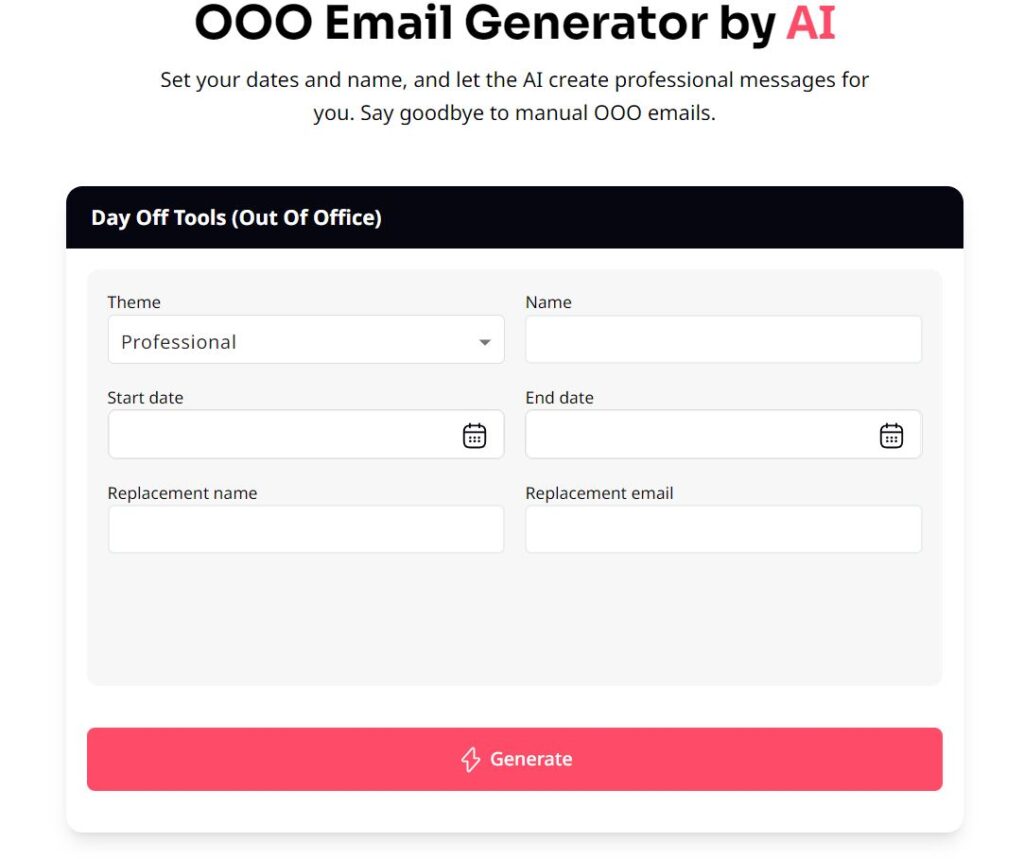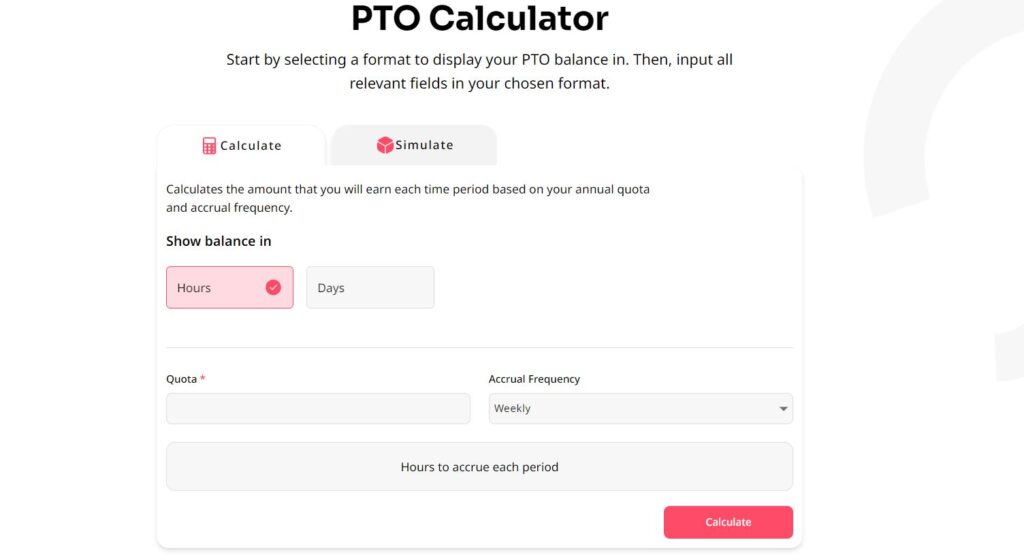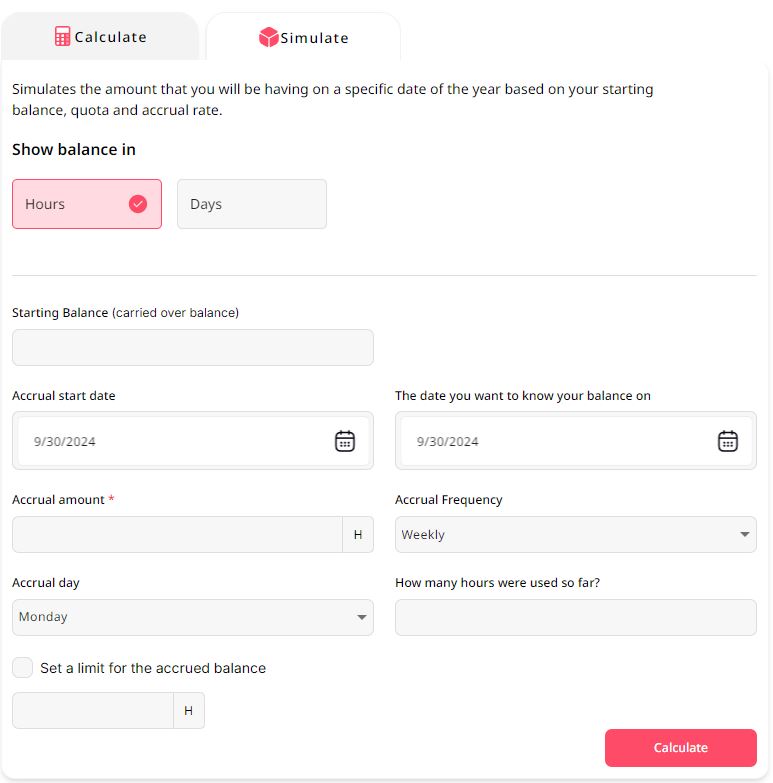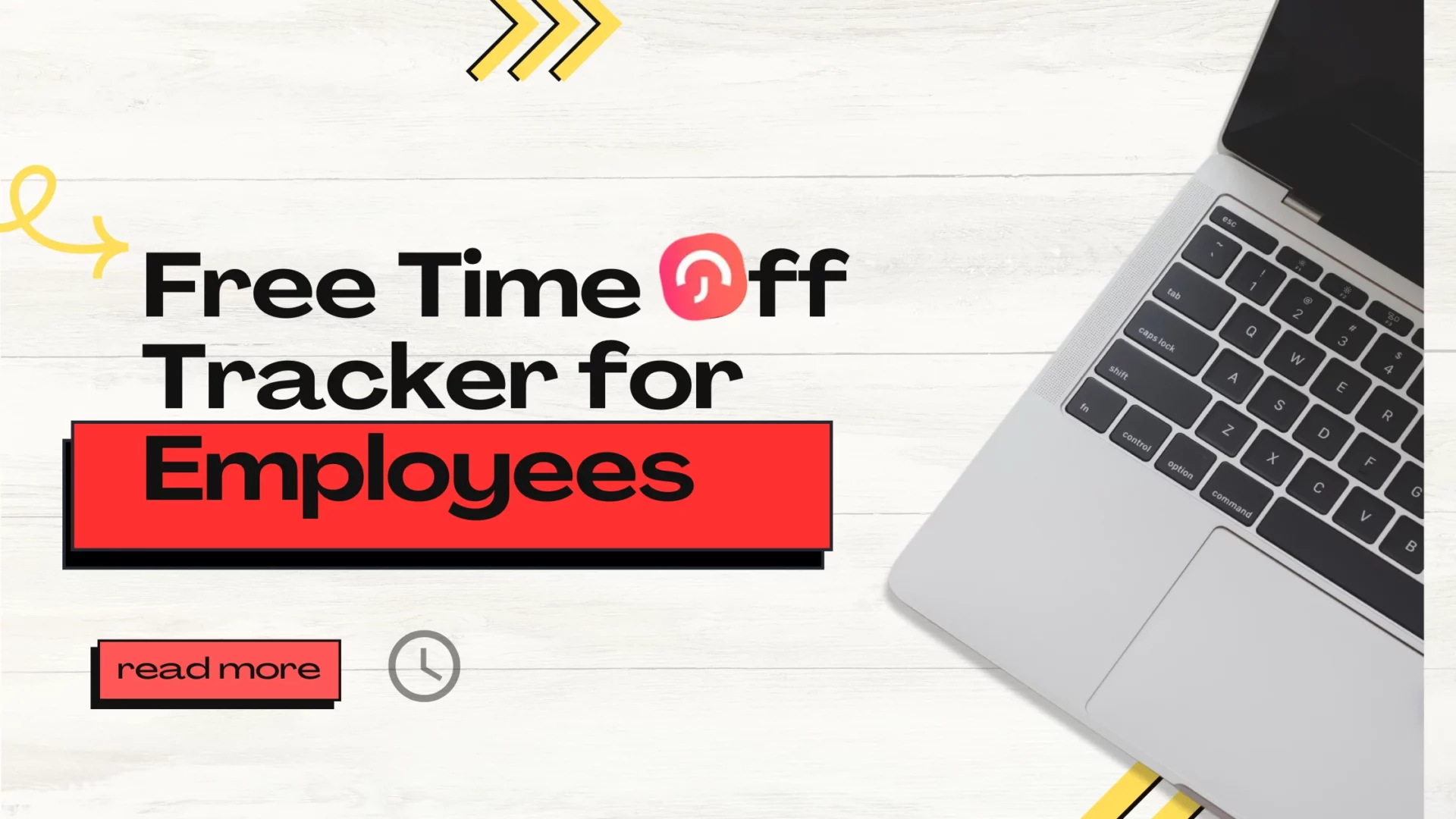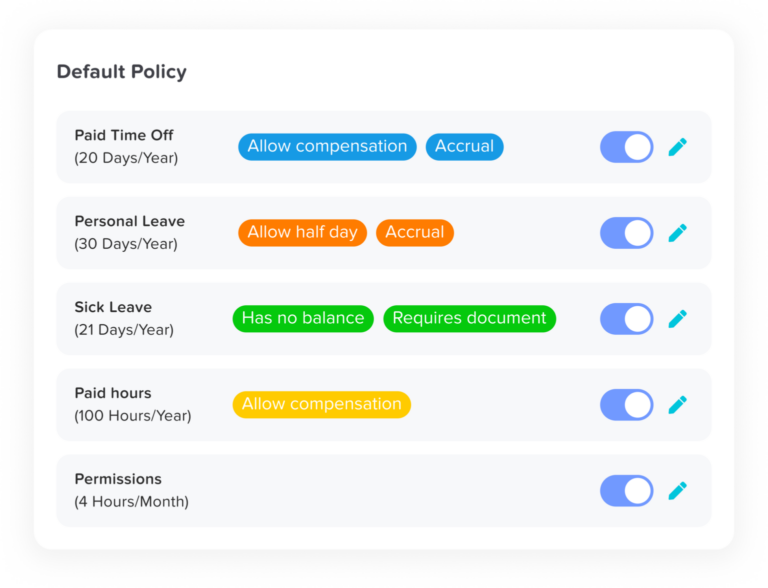Managing employee paid time off (PTO) can be a daunting task for organizations, especially as teams grow and remote work becomes more prevalent. PTO Tracker software is a valuable tool that automates and simplifies the process of tracking employee vacations, sick days, and other types of leave. By providing an easy to use interface for both employees and HR departments, these tools enhance transparency, reduce administrative burden, and ensure compliance with company policies.
Key Features of PTO Tracker Software
Automated Time Off Requests and Approvals
Employees can easily submit their PTO requests through the platform, which are automatically routed to the appropriate manager for approval. This reduces the need for paper forms, emails, or manual approvals and ensures a streamlined process.
Centralized PTO Tracking
PTO Tracker software consolidates all employee leave data in a centralized dashboard. HR and managers can quickly view who’s on leave, who has upcoming vacations, and overall team availability in real time. This helps in effective resource planning and workload distribution.
Customizable Leave Policies
Different companies have varied leave policies, such as vacation accrual, sick days, and holidays. PTO Trackers allow organizations to configure these policies according to their unique requirements, ensuring the system aligns with company standards and local labor laws.
Accrual Calculations
The software can automatically calculate how much leave employees have earned based on their tenure or agreed upon PTO plans. This eliminates manual calculations and ensures accuracy.
Notifications and Alerts
Employees and managers receive automated alerts regarding upcoming PTO, pending approvals, and reminders of unused days. These notifications ensure transparency and keep everyone updated on team availability.
Mobile Access:
Many PTO Tracker tools offer mobile apps or responsive web versions, allowing employees to manage their leave requests and check balances from anywhere. This is particularly helpful for remote teams or employees who are frequently out of the office.
Integration with HR and Payroll Systems
PTO Tracker software often integrates seamlessly with existing HR and payroll platforms, ensuring accurate tracking of leave balances and automatic adjustments to payroll when leave is taken. This reduces the risk of errors in employee compensation.
Day Off Leave Tracker For Free
Day Off is a versatile and free PTO tracker software that simplifies managing employee leaves, vacations, and other absences for businesses of all sizes. Its core features include:
Comprehensive Leave Tracking
It tracks various types of employee time off, such as sick days, vacations, and personal leave. Employees can view their leave balances in real time and submit time off requests directly through the platform.
Customizable Approval Workflows
You can tailor the approval process to fit your company’s hierarchy. The app allows setting up multiple levels of approval, ensuring that the right person always reviews leave requests.
Automated Notifications
The software sends automatic notifications and reminders to both managers and employees. These alerts include notifications for new requests, approvals, rejections, and upcoming time off, ensuring transparency and preventing scheduling conflicts.
Detailed Reporting and Insights
The app provides a variety of reports that offer deep insights into employee leave trends, enabling better workforce planning. These reports can help managers analyze leave patterns, track remaining balances, and maintain compliance with company policies.
Mobile Friendly
Day Off provides a mobile application that enhances convenience and flexibility for both employees and managers when it comes to handling time off requests. The app allows users to submit, approve, or decline leave requests from any location, making it highly efficient, especially for remote teams or on the go management. Employees can check their PTO balances, review upcoming leaves, and get updates in real time, while managers can easily keep track of approvals and team availability. This mobile access ensures seamless coordination and instant decision making, improving the overall efficiency of the leave management process
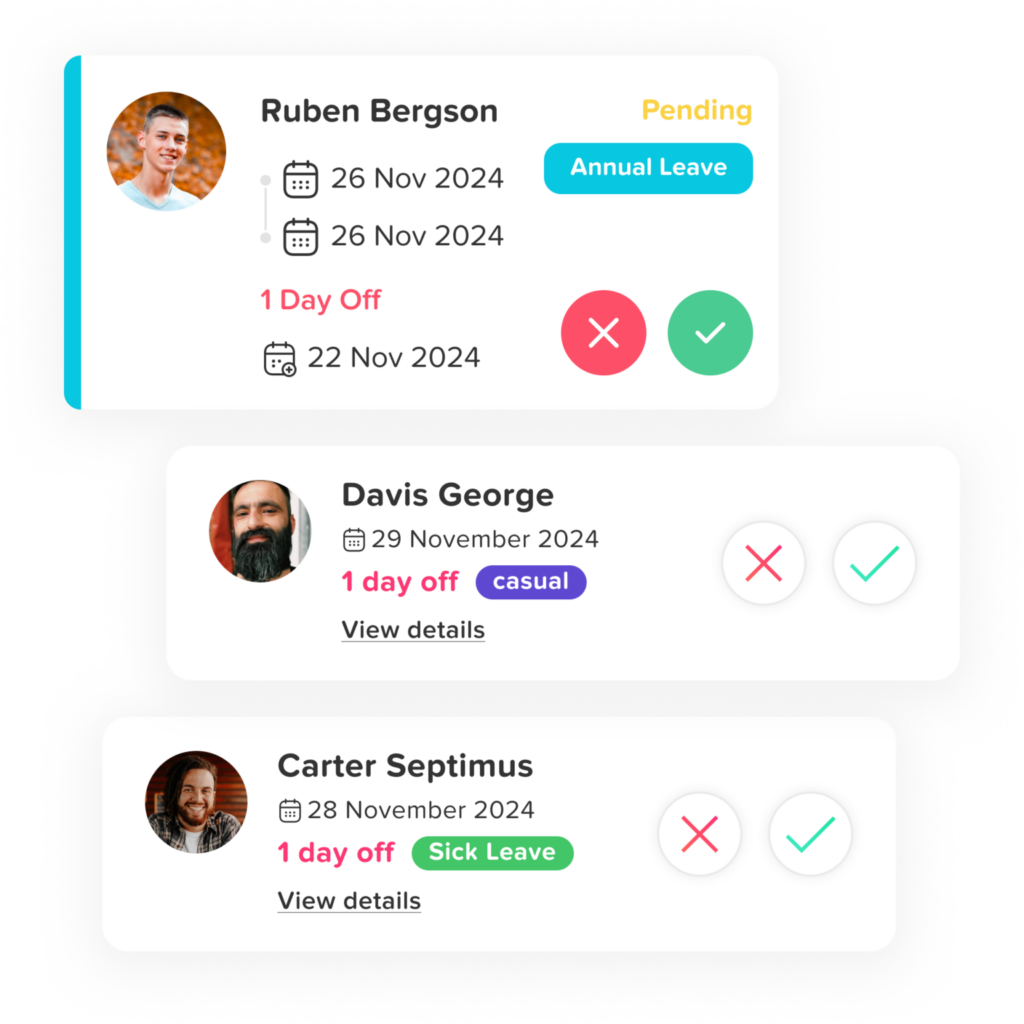
Team Calendar
The platform includes a shared team calendar that visually displays who is on leave and when, helping teams and managers plan around absences effectively. This minimizes scheduling conflicts and ensures proper staffing levels.
Free Plan for Unlimited Users
One of the most attractive features of Day Off is that it offers a completely free plan for unlimited users. This makes it ideal for small to medium sized businesses that are looking for an affordable, easy to use solution to track employee time off without compromising on functionality.
Day Off integrations
- Google Calendar Integration: This feature automatically syncs accepted time off requests directly with Google Calendar. It ensures all team holidays, vacations, and personal days are reflected in real time, keeping calendars up to date without manual input.
- Outlook Calendar Integration: Similar to Google Calendar, this integration syncs approved time off requests with Outlook, making it easy to manage employee availability and plan team schedules.
- Slack Integration: The Slack integration allows you to manage time off requests, track balances, and receive updates on team availability directly within Slack, improving workflow and communication.
Benefits of Using Day Off
Improved Organization and Transparency
Day Off provides real time tracking of PTO balances, upcoming leaves, and approvals. This ensures that both employees and managers are fully aware of available time off and approved requests, reducing confusion. The centralized platform enhances communication and eliminates manual tracking errors, ensuring transparency in the leave process. By keeping all data easily accessible, managers can plan more effectively and avoid unexpected staffing issues. Employees also benefit from clear information about their time off.
Time Saving Automation
Day Off automates the entire leave request process, including submissions, approvals, and notifications. This reduces the need for manual input by HR and managers, saving valuable time and minimizing human errors. Employees can submit leave requests through the app, and automated notifications ensure quick approvals or rejections. This streamlining allows HR teams to shift their focus from repetitive tasks to more strategic responsibilities, increasing overall efficiency within the organization.
Efficient Workforce Management
The platform includes a shared team calendar, providing managers with a clear overview of employee availability in real time. This helps managers plan better by understanding when team members will be absent, ensuring that adequate staffing is maintained during peak times or important projects. Managers can also prevent scheduling conflicts by monitoring leave overlaps, improving operational continuity. Overall, the ability to track leave in real time helps managers maintain productivity and plan workloads more effectively.
Employee Empowerment
Day Off offers employees a user friendly platform to manage their own time off requests. They can easily check their PTO balances, submit leave requests, and view approval statuses without needing to rely on HR for updates. This self service model gives employees more control over their time off and reduces administrative back and forth, enhancing satisfaction. Empowering employees to handle their leave management fosters trust and transparency, leading to better work life balance and higher engagement.
Compliance and Reporting
The software provides detailed reporting and analytics, helping HR and managers monitor leave trends, accruals, and balances. These reports help ensure that the company complies with internal leave policies and local labor regulations. By maintaining accurate leave records, companies can avoid legal issues and ensure fair distribution of time off. The reporting tools also offer insights into usage patterns, allowing managers to anticipate future leave requests and better allocate resources.
Frequently Asked Questions (FAQ)
Is there a limit to how many users can be added to Day Off?
No, Day Off offers a free plan that allows you to add an unlimited number of users without any restrictions. This makes it a great option for businesses of all sizes, from startups and small teams to larger organizations. Whether you have a handful of employees or hundreds, you can efficiently manage their PTO and leave requests at no additional cost.
Can Day Off track other types of leave like maternity or bereavement?
Yes, Day Off is highly customizable and allows you to track various types of leave beyond regular vacation days, such as maternity, bereavement, or unpaid leave. You can create custom leave categories according to your company’s policies and ensure accurate tracking of all time off requests. This flexibility helps HR departments manage a wide range of leave types while keeping everything organized in one centralized system.
Can I access Day Off from multiple devices?
Yes, Day Off is a cloud based platform, meaning it is accessible from any device with an internet connection. Whether you’re using a computer, tablet, or smartphone, you can log in to your account and manage time off requests from anywhere. This cross device compatibility is particularly beneficial for remote teams or managers who need to handle approvals and tracking on the go.
Does Day Off provide customer support?
Yes, Day Off offers customer support to assist users with setting up their accounts, troubleshooting any technical issues, or answering questions about features and usage. The support team is available to help ensure you have a smooth experience using the platform, whether you’re new to it or need help with advanced features.
Can I set up approval hierarchies in Day Off?
Yes, Day Off allows you to configure multi level approval workflows. This feature is particularly useful for organizations with a structured hierarchy, where certain types of leave requests need to be reviewed by multiple managers or departments before final approval. You can easily customize these workflows to match your internal processes and ensure that leave requests are routed to the appropriate approvers.
Does Day Off support multi location teams?
Yes, Day Off is designed to accommodate multi location teams, making it ideal for companies with employees spread across different offices or regions. The platform allows centralized tracking of all employees’ leave, ensuring that HR and managers can easily monitor time off across all locations, regardless of where their teams are based.
Is it possible to export data from Day Off for external reporting?
Yes, Day Off includes data export features that allow you to download employee leave data into external formats, such as Excel. This is particularly helpful for HR and finance teams that need to generate reports or integrate the leave data into other systems like payroll or HR management tools. You can use these reports to analyze time off trends, manage compliance, or present data to leadership.
Conclusion
Day Off is a powerful and easy to use PTO tracker software that helps businesses manage employee time off requests efficiently. With features like automated approvals, real time tracking, and customizable leave policies, it improves transparency, saves administrative time, and streamlines workforce planning. Integrations with tools like Google Calendar, Outlook, and Slack enhance productivity by keeping everyone informed and up to date. Whether your team is remote or in office, Day Off simplifies the leave management process while offering a seamless experience for employees and managers alike.


